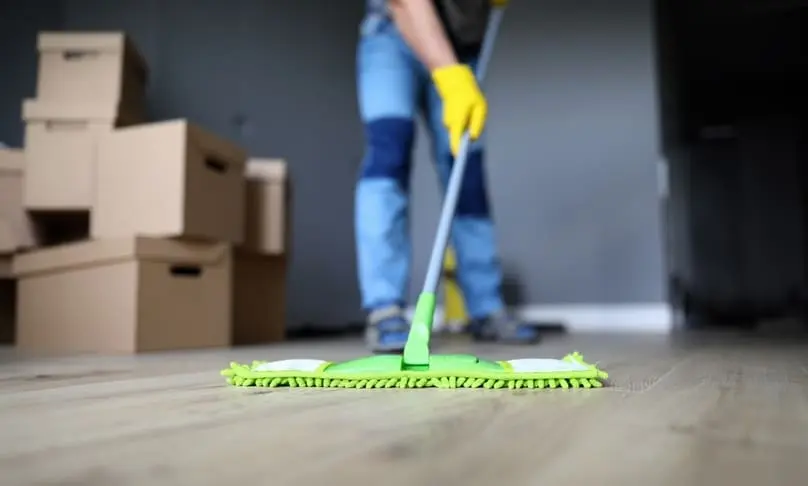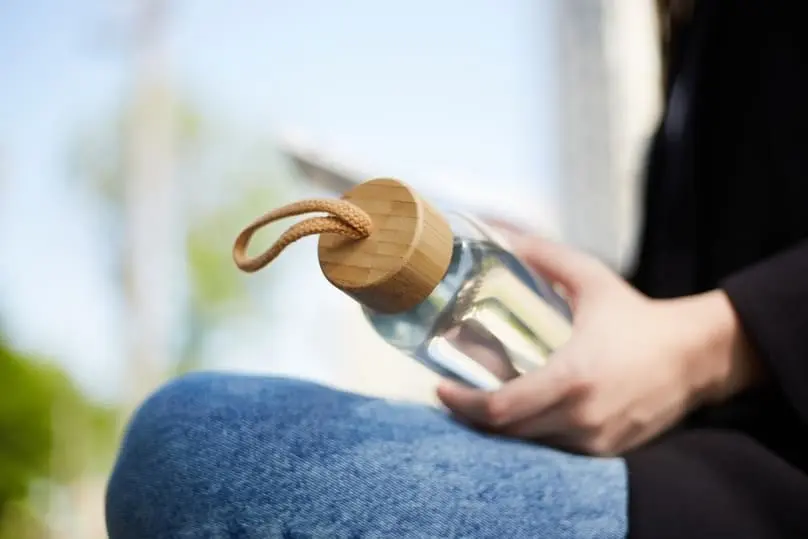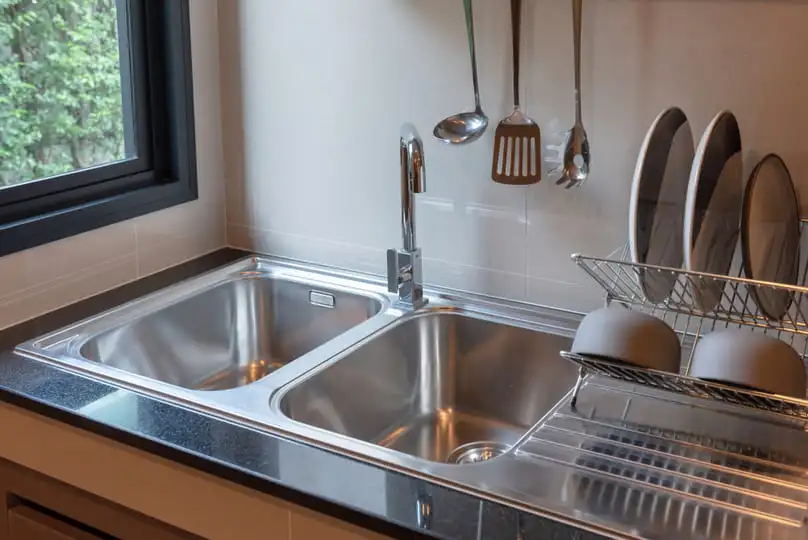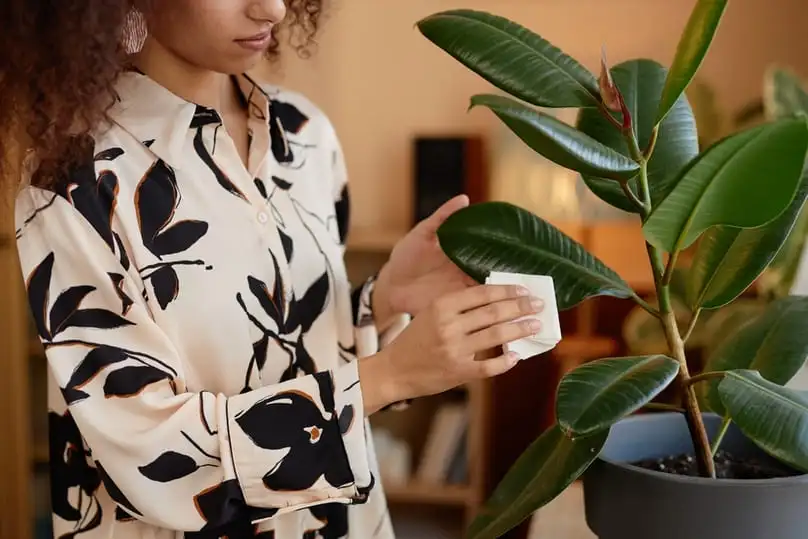Learning how to clean plant leaves is essential for keeping indoor greenery vibrant, dust-free, and capable of thriving in any environment. Plants add natural beauty and serenity to homes and offices, but their health depends on more than sunlight and watering.
Cleaning plant leaves isn’t only about appearance—it directly affects their longevity and growth. Just like your home benefits from detailed cleaning, your vegetation in Juno Beach thrives with the gentle care our expert housekeeping maids provide.
Why Keeping Your Plant Leaves Clean Matters
Knowing how to clean indoor plant leaves may seem like a small task, but it plays a vital role in plant health. Just as people feel refreshed after a shower, plants flourish when free from dust, dirt, and grime that block light and air.
The importance of taking care of plants goes beyond watering. Clean plant leaves ensure stronger growth and a healthier environment indoors. Here are eight reasons why regular cleaning plant leaves makes a difference:
Enhances Photosynthesis & Air Quality
Photosynthesis fuels plant growth, but dust or dirt reduces light absorption. Regularly cleaning plant leaves ensures they capture maximum sunlight for energy. Cleaner foliage also improves air quality by allowing houseplants to filter toxins and release oxygen more effectively.
Prevents Pests & Promotes Growth
Learning how to clean houseplant leaves helps you detect pests early, making infestations less likely to spread. Clean plant leaves are less attractive to insects and diseases, reducing potential damage. Regular cleaning also supports respiration, allowing plants to release oxygen and grow stronger.
Daily & Weekly Dusting Routine for Houseplants
Knowing how to clean plant leaves properly means understanding how often and how gently to dust them. Depending on the dust level in your home, you should dust your houseplants weekly or monthly. Daily cleaning is unnecessary and may even damage delicate foliage. Regular cleaning supports plant health by improving photosynthesis, helping them breathe efficiently, and preventing pests from settling on leaf surfaces.
How Often to Clean—Signs to Look For
Learning how to clean plant leaves also means knowing when they need attention. Inspect them weekly and watch for these signs:
- Visible dust: A noticeable layer of dust means it’s time for a thorough wipe-down.
- Dull appearance: Even a thin dust film can make leaves lose their shine.
- Sticky residue: Aphids and mealybugs release honeydew, which requires cleaning and a pest check.
- Stunted growth: Dust may block light and reduce photosynthesis, slowing growth.
- Pest presence: Cleaning leaves often is the best way to detect hidden insects or eggs under foliage.
Tools You’ll Need (e.g., microfiber cloth, soft brush)
To master how to clean plant leaves, use the right tools. Microfiber cloths, gloves, and damp brushes are ideal for gentle cleaning. Specialized tools like leaf-cleaning tongs or a Leaf Sweep can help reach tight spaces or larger leaves. Always wipe gently with a soft, moist cloth or brush to clean both sides without damaging the plant.
Step-by-Step: How to Clean Indoor Plant Leaves
Dusting Method
Dusting is the simplest and most essential method when learning how to clean plant leaves. Since dust blocks light and affects photosynthesis, regular dusting keeps plants healthy and vibrant.
Steps to dust effectively:
- Use a soft, damp cloth or sponge.
- Gently wipe each leaf, avoiding excessive pressure.
- Always clean from the base toward the tip to reduce damage risk.
Shower/Rinse Method
A gentle rinse is another effective approach to how to clean plant leaves. It mimics natural rainfall, washing away dust and grime while hydrating foliage.
How to do it:
- Place the plant in a sink or bathtub.
- Rinse with lukewarm water using a gentle showerhead setting.
- Let the plant drip-dry before returning it to its spot.
Always use soft water pressure and moderate temperatures to avoid damaging leaves or shocking the plant.
DIY Shine Solutions (banana peel, neem oil)
If you’re exploring how to clean plant leaves naturally, diluted neem oil is a safe, effective choice. It not only cleans but also repels pests like aphids and spider mites. Avoid banana peels, as they leave a sticky film that clogs leaf pores and attracts insects.
Troubleshooting & Preventive Care
Identifying Pest Eggs or Leaf Scorch
When learning how to clean plant leaves, it’s equally important to check for hidden problems. Look for sticky spots, webbing, or small eggs. Leaf scorch, usually caused by excess sunlight or fertilizer salts, shows up as brown tips or edges. Regular cleaning plant leaves makes it easier to identify these issues early and keep your plants healthy.
When Leaf Is Already Clean
A plant leaf is considered clean when it’s free of dust, mineral deposits, and sticky buildup. If you clean houseplant leaves regularly, they’ll display a natural sheen, with vibrant colors that show they can photosynthesize efficiently. The importance of taking care of plants becomes clear when clean leaves allow them to breathe and grow properly..
Hobe Sound Indoor Plant Spotlight
Best Low-Maintenance Plants for Florida Humidity
In Florida’s humid climate, resilient species like pothos, snake plants, bromeliads, and native perennials thrive with minimal care. Still, even hardy species require attention. Knowing how to clean plant leaves keeps them dust-free and ensures they flourish in warm, humid conditions. For landscaping in Juno Beach, Florida-native plants resist drought, salt, and sandy soil, and they benefit from occasional cleaning plant leaves to maintain their vitality.
Seasonal Plant Care Tips
Seasonal routines are as vital as knowing how to clean indoor plant leaves. In winter, reduce watering and protect delicate plants from frost. Spring requires increased hydration and fertilization as new growth begins. Summer demands vigilant pest control and thorough cleaning plant leaves to help them withstand heat. Fall preparation includes composting soil, reducing water, and removing dead material to prevent disease — all part of the ongoing importance of taking care of plants.
Trusted Deep Cleaning Services – Juno Beach & Nearby
With ample experience and a vetted and trusted crew of specialists at our disposal, we are your proven option for all types of sprucing-up. Let Yorleny’s be your guide if you want more instructions on plant cleaning methods, someone to provide a few efficient plant cleansing pointers, or offer assistance with plant cleanup preparation.
Yorleny’s Help in Hobe Sound for Loveable, Healthy Leaves
With our diligent team at your beck and call, you can freely treat your loved ones to a relaxing day out at Juno Dunes Natural Area. We’ll extend all our plant-loving care to coddle your foliage in a gentle and soothing way. Call us today!
FAQs About How to Clean Plant Leaves
How often should I dust my plant leaves?
Most houseplants should be dusted every 2–4 weeks, depending on your home environment. In Florida homes, where humidity and dust accumulate faster, aim for a light wipe every 2 weeks. Learning how to clean indoor plant leaves regularly ensures better growth and fresher indoor air.
Will water damage delicate plant foliage?
It depends. When practicing how to clean indoor plant leaves, rinsing with lukewarm water is safe for most species. However, avoid high-pressure streams or soaking fuzzy-leaf plants like African violets, which can develop leaf spots.
How do I know if my plant leaves need cleaning?
If you notice dullness, visible dust, or your leaves feel sticky to the touch, it’s time to clean. Knowing how to clean plant leaves helps you spot when dirt is interfering with photosynthesis and overall plant health.
Recent Articles

Move In Cleaning Service vs DIY: Which Saves More Time and Stress?
Moving always brings a mix of emotions. The process feels overwhelming, especially when comparing move in cleaning service vs DIY options. This…

How to Clean Reusable Water Bottles: A Complete Guide for Healthy Hydration Habits
Reusable water bottles have become an essential accessory for those seeking a sustainable and practical way to stay hydrated throughout the day.…

How to Clean Stainless Steel Sink: Shine Without Stains
Stainless steel is present in our kitchens, bathrooms, and appliances because of its durability and modern appearance. If you’ve ever wondered how…
An overview of the areas we serve
See below to check if our top-quality house cleaning services are available in your city and book your first appointment with just a few clicks.
